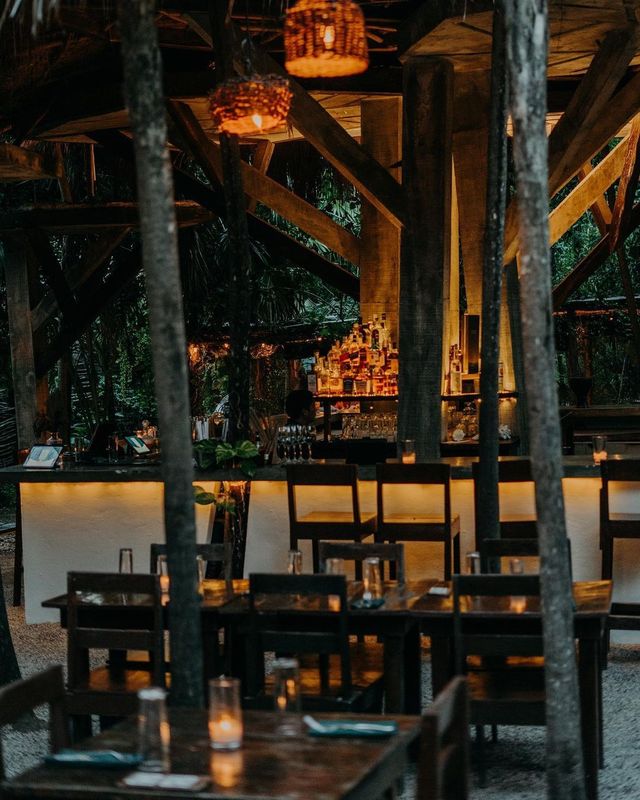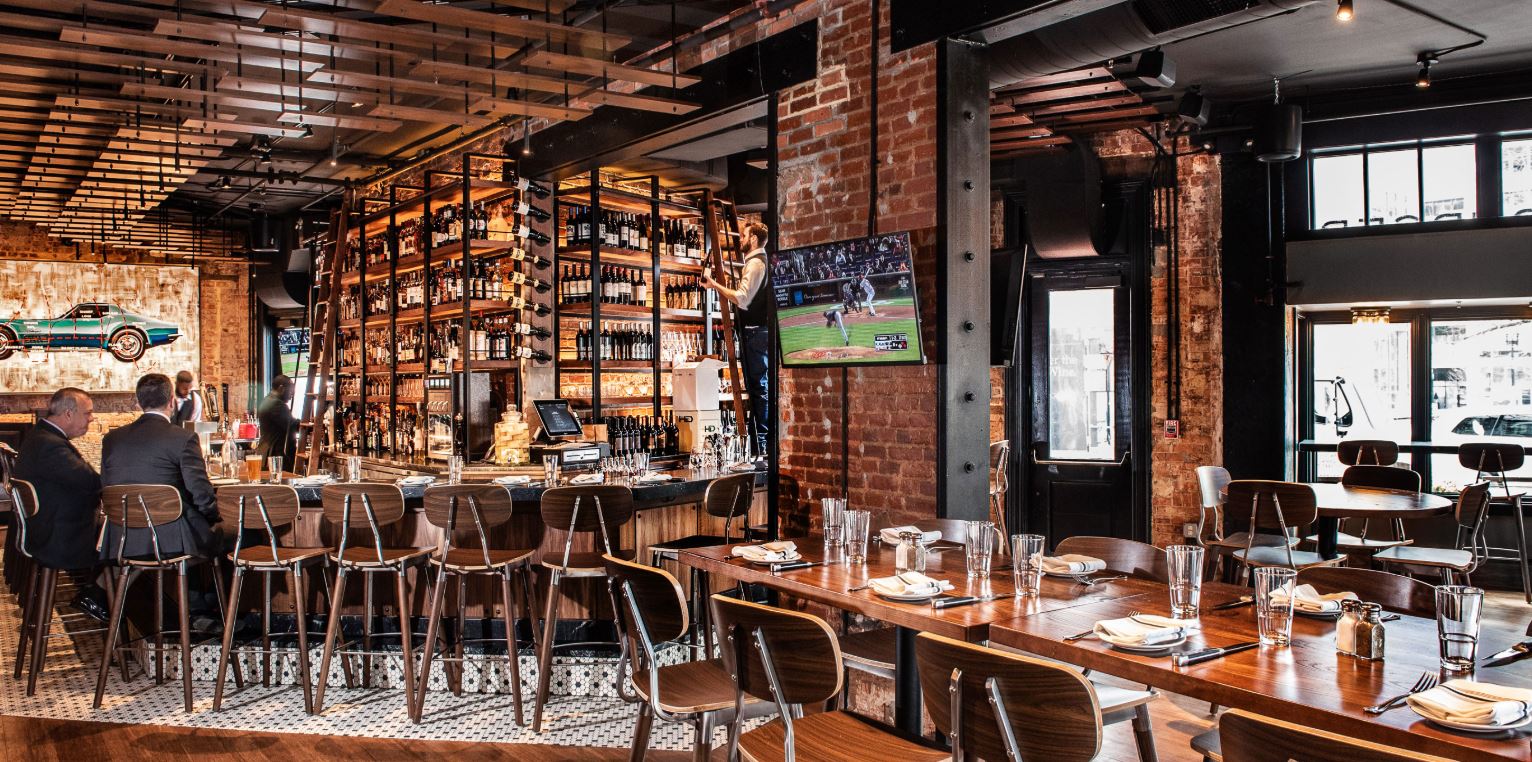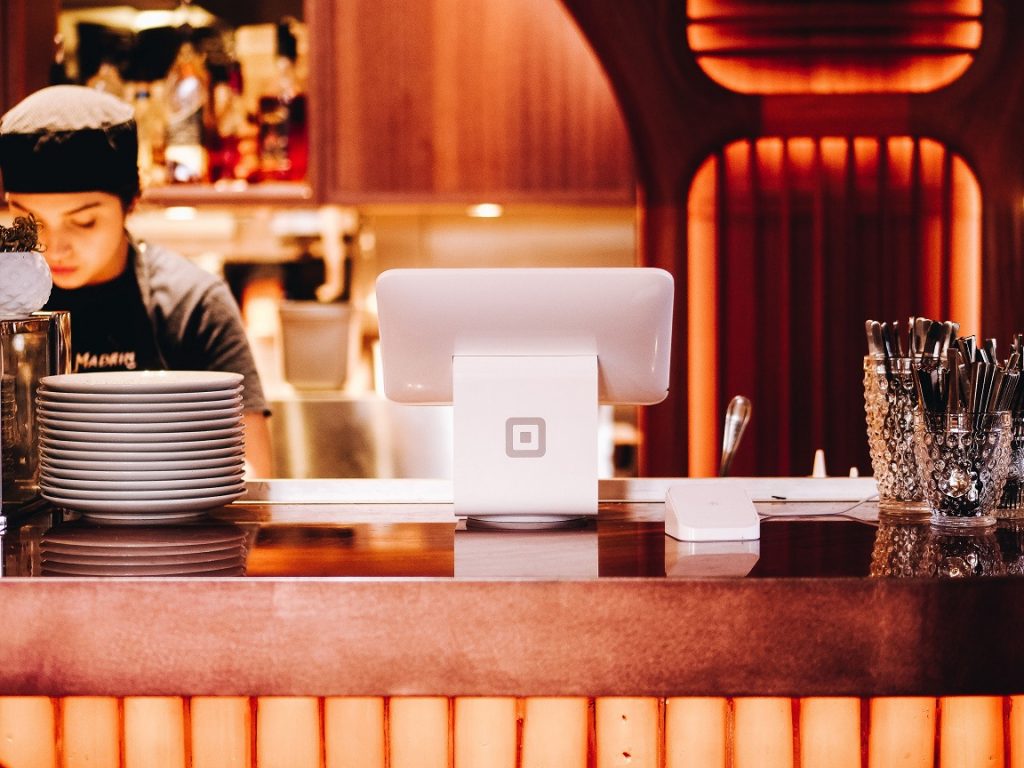Savor Authentic Eastern Food With a Pan-Asian Twist for a Culinary Experience
Starting a cooking trip with genuine Oriental cuisine, boosted with a Pan-Asian spin, provides an one-of-a-kind opportunity to explore the abundant tapestry of flavors that specify the area's diverse culinary practices. This experience welcomes you to relish the elegant equilibrium of tastes-- sweet, salted, spicy, and sour-- harmonized by aromatic natural herbs and seasonings. Picture the innovative combination of Thai curry and ramen or the unanticipated pleasure of sushi burritos. As you ponder these enticing meals, consider the cultural stories and historic influences that form them, each bite supplying a story waiting to be uncovered.

Checking Out Pan-Asian Flavors
In the realm of global gastronomy, Pan-Asian food attracts attention for its remarkable variety and the harmonious interaction of tastes from different Eastern cultures. This culinary strategy commemorates the rich traditions and distinct active ingredients found throughout the continent, producing a tapestry of preferences that is both fascinating and satisfying. Key to Pan-Asian cuisine is its capability to balance contrasting flavors-- sweet, salted, spicy, and sour-- while highlighting the freshness and top quality of each active ingredient.
From the umami-rich soy sauce of Japan to the intense chili peppers of Thailand, Pan-Asian food provides an extensive combination of tastes. These components are commonly incorporated in creative methods, enhancing recipes with layers of complexity. For instance, making use of aromatic natural herbs such as lemongrass and cilantro, typical in Vietnamese and Thai food, includes a refreshing illumination to meals, while the consolidation of coconut milk provides a luscious, rich structure.
The focus on fresh fruit and vegetables and aromatic spices ensures that each dish is not only a banquet for the taste but additionally for the detects. Pan-Asian cuisine welcomes restaurants to embark on a cooking journey, discovering the vast and differed landscapes of Asian gastronomy with every bite.
Combination Dishes to Try
While Pan-Asian cuisine is celebrated for its conventional flavors, the modern culinary landscape is increasingly embracing combination meals that blend these traditional aspects with influences from various other regions. This ingenious method not just honors the rich heritage of Oriental cookeries however also presents novel preference experiences that appeal to contemporary tastes.
A prime instance of such a fusion recipe is the Korean-Mexican taco, where marinated bulgogi beef is wrapped in a warm tortilla, topped with kimchi and a zesty gochujang-infused salsa. This mix marries the bold, full-flavored flavors of Korea with the lively, fresh components of Mexican food. In a similar way, sushi burritos have gotten popularity, amalgamating the fragile artistry of Japanese sushi with the passionate, hand-held benefit of a burrito, often featuring fusion ingredients like tempura shrimp and avocado with a drizzle of wasabi mayo.
One more noteworthy meal is Thai curry ramen, which infuses the creamy, aromatic flavors of Thai curry right into the calming brew of conventional Japanese ramen, developing a harmonious blend that entices the detects. These fusion meals expand beyond mere uniqueness; they represent a culinary discussion between cultures, urging exploration and innovation on the planet of Pan-Asian food.
Necessary Ingredients and Flavors
To truly appreciate Pan-Asian food, one have to understand the necessary active ingredients and seasonings that develop its foundation. This varied cooking style draws from an abundant tapestry of Asian traditions, using an unified blend of flavors and appearances.
Aromatic components are critical, with garlic, ginger, and lemongrass being common across different Pan-Asian dishes. These components supply a fragrant base that boosts the intricacy of flavors. Flavors such as celebrity anise, cardamom, and cinnamon introduce warmth and personality, echoing impacts from regions like China and India.

Food Preparation Strategies and Tips
Understanding the art of Pan-Asian cuisine calls for experience with its unique food preparation strategies, each adding to the dynamic tapestry of tastes this cooking custom is celebrated for. Central to these approaches is the stir-fry, a rapid cooking strategy that maintains the dietary honesty and vivid colors of ingredients. Using a frying pan, the stir-fry technique japanese steakhouse near me enables even warm distribution, necessary for attaining the particular appearance and taste equilibrium of Pan-Asian recipes.
Another essential method is steaming, especially widespread in Chinese cuisine. This mild approach keeps the natural tastes and nutrients of ingredients, making it excellent for seafood and vegetables. Dumplings, a beloved staple, typically gain from steaming, causing soft, succulent structures.
Cooking, also important, passes on smoky depths to meals such as Oriental bulgogi or Japanese yakitori (best asian restaurant Islamabad). This technique frequently includes marinating active ingredients, allowing tastes to permeate deeply before food preparation over an open flame or warm plate
Finally, grasping the art of stabilizing tastes-- wonderful, sour, salty, bitter, and umami-- is crucial. Properly layering these elements can elevate a meal from normal to extraordinary, supplying a facility and satisfying culinary experience that personifies the significance of Pan-Asian food.
Eating Experiences Worldwide
Around the world, Pan-Asian cuisine supplies an unmatched dining experience, commemorated for its abundant tapestry of flavors and vibrant presentations. This cooking phenomenon has gone beyond social boundaries, capturing the hearts and tastes buds of food lovers worldwide. In worldwide cities like New York, London, and Sydney, Pan-Asian restaurants act as melting pots where cooking customs from Thailand, Japan, China, and beyond merge, providing diners with a diverse mix of recipes that highlight the area's variety.
The worldwide allure of Pan-Asian food hinges on its capability to provide both credibility and development. Chefs skillfully marry traditional ingredients such as lemongrass, soy sauce, and miso with contemporary techniques, causing recipes that are both refreshingly new and acquainted. This fusion allows restaurants to start a cooking journey that respects heritage while accepting modernity.
Additionally, eating experiences are boosted through thoughtfully designed settings that show the values of Pan-Asian looks. From minimal Japanese-inspired insides to dynamic Thai-themed spaces, each dining establishment supplies an unique ambiance that enhances the cooking offerings. Consequently, clients are not simply consuming a meal however partaking in a cultural experience, making Pan-Asian eating a really international phenomenon.
Final Thought
The expedition of Pan-Asian cuisine provides a profound understanding of the detailed interplay of flavors and cooking traditions throughout Asia. By accepting blend meals such as Thai curry ramen and sushi burritos, the culinary trip not only highlights the flexibility of conventional ingredients yet also showcases cutting-edge modern techniques. This gastronomic experience, enriched by cooking approaches and important seasonings, provides an unique possibility to appreciate the social diversity and cooking creativity that specify al's pizza Pan-Asian food on a worldwide range.
Embarking on a cooking trip via authentic Eastern food, improved with a Pan-Asian twist, uses an one-of-a-kind chance to check out the rich tapestry of flavors that define the region's varied culinary traditions.In the world of global gastronomy, Pan-Asian food stands out for its amazing variety and the unified interaction of flavors from various Oriental societies. Trick to article Pan-Asian cuisine is its capability to stabilize different flavors-- sweet, salted, spicy, and sour-- while highlighting the quality and high quality of each ingredient.
